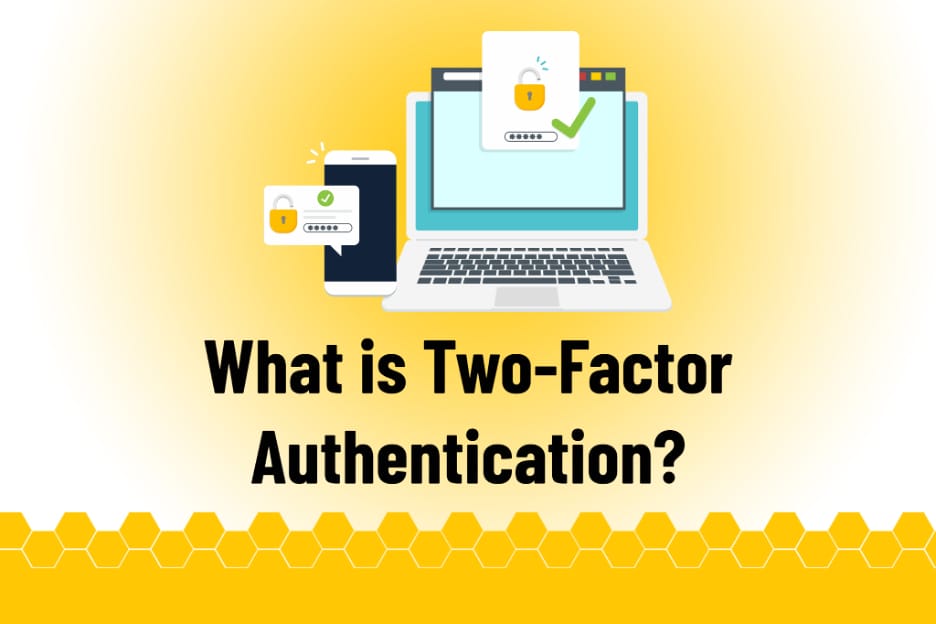
There are plenty of places to buy crypto and add it to your wallet. Our preferred method is through a Bitcoin Depot ATM. Of course, you want to keep your crypto safe, and a great way to do so is through the use of two-factor authentication. With two-factor authentication, you’re protecting your Bitcoin from those nefarious hackers who may try to gain access to your digital assets.
In traditional finance, banks insure your assets through the FDIC, so if someone gets ahold of your account information, you’ll be reimbursed. When someone accesses your wallet and steals your crypto, there’s no getting it back.
It’s up to you to make sure your crypto wallet is secure.
2FA is a layer of security that requires a unique code to be generated every time you try to log into an app on your device. A lot of apps use it. Your email and your banking app may be a couple of examples.
Apps that require 2FA won’t just accept your password. You must also input a separate code they send to your phone or email or answer additional security questions to get in. This extra security is incredibly important in the crypto world.
2FA goes beyond just another password. It’s account-specific. Every account has its own code, randomly generated for each login instance, and it’s only stored on the device where you install the two-factor authentication app.
Any hacker would have to have the latest iteration of your code, from your physical device, and your username and password. They may also need access to the texts that come to your phone number or emails that come to your email address.
By now, it seems like 2FA is the bee's knees. Why wouldn’t you use it? Unfortunately, as is the case in the world of technology, there are always disadvantages. First, if you use an authenticator app that stores your data in the cloud, you’re putting yourself at risk.
In addition, if you don’t put your two-factor app on multiple devices, and then you lose, break, or somehow terminate access to your one and only device, you lose access to your authenticator. You’ll have to recover every account for which you set up the authenticator.
Keep in mind that if you want to switch phones or add another device, you have to deactivate and then reactivate every account with 2FA. You have to disable your accounts first; then, you can delete 2FA from your old devices and your main Google account. If you don’t do this in the right order, you’ll be locked out of your secured accounts. It is time-consuming but critical if you want to keep your accounts safe.
Setting up two-factor authentication isn’t difficult. You can use the two-step verification the app offers, or you can set it up using Google Authenticator, which will work across all devices when you log in.
Here’s how:
Tip: Make sure your devices are also secured with a passcode, pattern, fingerprint, or face ID.
Here are just a few tips to help you make sure you get it set up correctly and with minimal snags:
Screenshot your QR codes and save your private keys. Saving these will help you prevent hiccups later when you want to activate another device or gain access to your accounts.
Keep all QR codes and backup keys stored offline. This minimizes the chances of someone else gaining access to these. In fact, many experts recommend you write them down, print them off, or put them on a USB drive and store them in a fireproof safe.
Phone-based attacks are real. Phone-based authentication apps are subject to sim jacking or sim swap attacks, so it’s important to use something like Google Authenticator that isn’t phone-based.
Use a strong password and a unique email. These days, this goes without saying, but it’s smart to use multiple emails for your crypto exchange logins in case one gets compromised.
No one is immune. And nothing is foolproof. There’s no security system that’s 100% unhackable. Just remember that when setting up extra layers of security. The more, the better.
After you’ve visited one of our thousands of Bitcoin Depot ATMs and added some Bitcoin to your wallet (which is available through the Bitcoin Depot app), be sure to enable two-factor authentication. Doing so adds an extra layer of security to your wallet, protecting your digital assets. Yes, it takes a little more time to access your crypto, but it’s time well spent to keep your Bitcoin safe and secure.